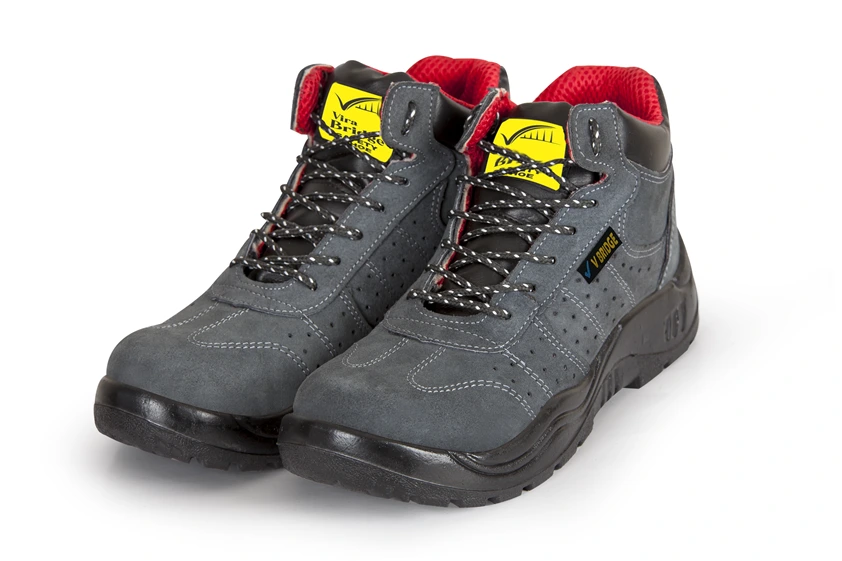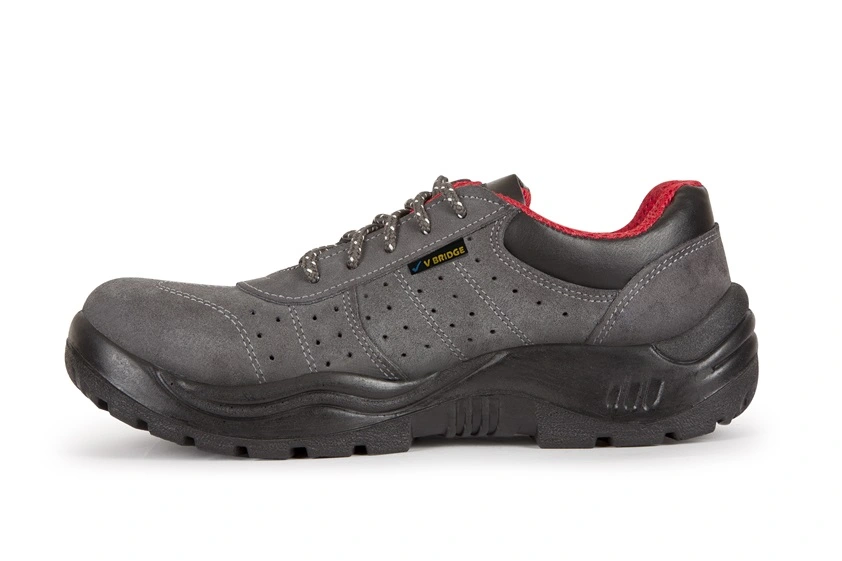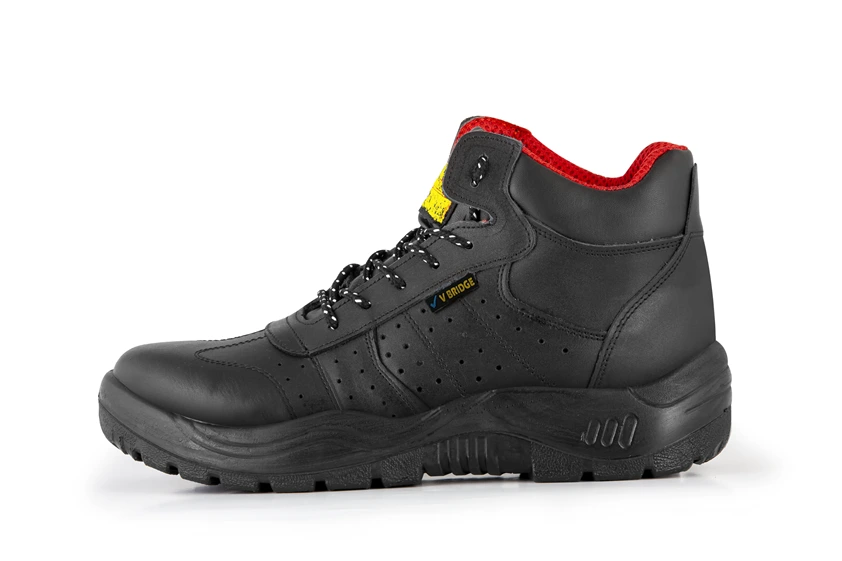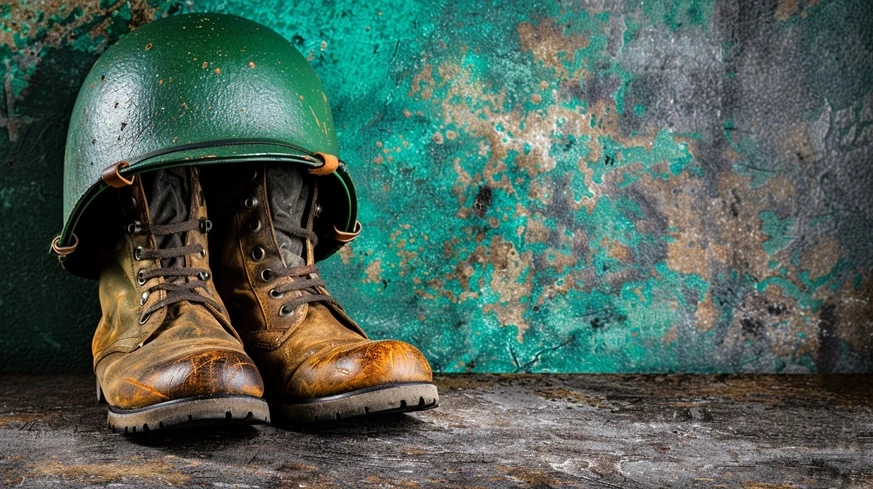Safety Shoe Essential Protection for Your Feet
Safety shoes are specially designed footwear aimed at protecting the feet and enhancing the safety of individuals in various work environments. This category includes different types of work shoes, engineering shoes, insulated footwear, and more. Made from durable materials, safety shoes possess specific features that help prevent accidents and minimize potential injuries.
In this article, we will explore the various types of safety shoes, their features, standards, and the symbols commonly found on them. So, let’s dive in!
What Are Safety Shoes?
Safety shoes are a category of footwear with protective features intended for use in various situations and jobs. As the name suggests, they are designed to enhance individual safety, equipped with unique protective characteristics. These attributes provide engineering shoes with the ability to safeguard feet in diverse conditions and during workplace incidents.

Types of Safety Shoes
Almost everyone working in workshop, construction, industrial, and mining environments needs a pair of safety shoes. There are various types of work shoes, each specifically designed for different tasks.By choosing the right type of safety shoes for your specific work environment, you can ensure that your feet are well-protected, allowing you to focus on your tasks safely and effectively.
1-Short-Cut Safety Shoes
Short-cut safety shoes offer essential protective features similar to those of high-cut models but allow for greater mobility and quicker response.


2-High-Cut Safety Shoes
These are among the most popular types of engineering safety shoes, with heights ranging from 5 to 15 inches. Their characteristics can vary depending on the materials used.
3-Plastic Safety Shoes
Plastic safety shoes, or rubber boots, are ideal for gardening, agriculture, fishing, hunting, and more. Typically made from PVC, they also come with an inner lining.


4-PU Sole Safety Shoes
Safety shoes with polyurethane soles are suitable for slippery surfaces and jobs in oily environments, often providing high temperature resistance above 70°C.
5-TPU Sole Safety Shoes
These shoes are widely used in workshops and factories that handle chemical materials due to their high resistance in acidic environments and elevated temperatures.


6-Rubber Safety Shoes
Rubber safety shoes are among the most durable options, capable of withstanding temperatures up to 270°C and showing high resilience to concentrated acids.
7-Electrical Insulation Safety Shoes
Designed specifically for protection against electric shock, these shoes are essential for individuals working with electrical systems and high-voltage power.


8-Standard Safety Shoes
Standard safety shoes cater to a broad range of professions, typically classified under the S category of the EN ISO 20345 safety standard.
9-Steel-Toe Safety Shoes
These shoes are specially engineered for environments where there’s a significant risk of heavy objects falling, protecting the feet from crushing injuries.


10-Composite-Toe Safety Shoes
Made from composite materials such as fiberglass, these shoes offer the protective features of safety footwear while being lighter, making them suitable for high-mobility jobs.
Features of Safety Shoes
The characteristics of safety shoes are determined by their design and the materials used in their construction. Given that safety shoes are used in critical situations, understanding their features is essential. Here are the key features of safety and work shoes:
1- Compliance with Global Standards: Safety shoes must meet international safety production standards.
2-Impact Resistance: They can withstand impact forces ranging from 100 to 200 joules.
3-Ergonomic Design: Designed to prevent spinal injuries and muscle fatigue, providing comfort during prolonged use.
4-Temperature Regulation: They help maintain foot temperature in winter while ensuring proper ventilation in summer.
5-Fire and High-Temperature Resistance: Built to resist flames and high temperatures, ensuring safety in hazardous environments.
6-Electrical Insulation: Specially designed to protect against electric shocks, making them suitable for electrical work.
7-Durability: Long lifespan and high resistance to wear and tear.
8-Toe Protection: Safeguard toes from crushing injuries due to falling objects.
9-Washable and Antibacterial: Designed to be easy to clean and maintain hygiene, promoting foot health.
Components of Safety Shoes
Like other footwear, safety boots consist of various parts, each made from specific materials that contribute unique features to the shoes. Understanding the main components of safety shoes can help you choose the right pair for your needs.
1-Outsole
The outsole of safety shoes is in direct contact with the ground and must be designed to prevent slipping and rapid wear. Common materials used for safety shoe outsoles include thermoplastic polyurethane (TPU), polyurethane (PU), and rubber. Each material is suitable for different work environments, providing the necessary grip and durability.
2. Upper
The upper part of the safety shoe significantly impacts its features. The material of the upper determines the shoe's protective capabilities and suitability for various applications. For instance, the upper of a fire-resistant safety shoe differs from that of a shoe designed for acidic environments. The most common materials used for safety shoe uppers include leather, flame-resistant canvas, nylon, and PVC.
3-Toe Cap
The front part of the safety shoe is responsible for protecting the toes from impact and compression. Therefore, it must have sufficient strength. Toe caps can be made from steel or composite materials. Composite toe caps are often constructed from materials such as carbon fiber, compressed plastic, Kevlar, and fiberglass, offering lightweight protection without sacrificing safety.
By understanding these components, you can make an informed choice when selecting safety shoes that meet your specific safety and comfort requirements.

